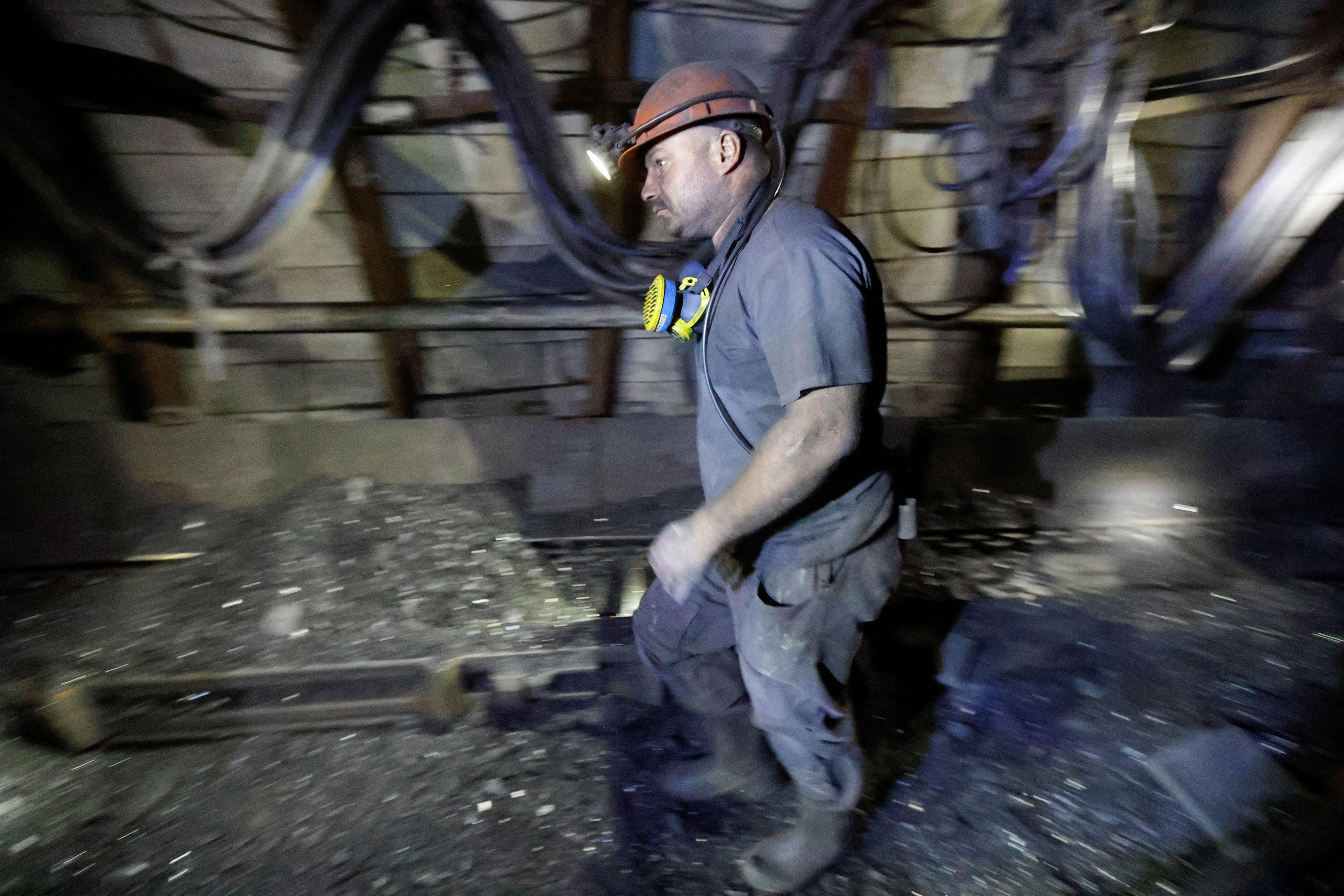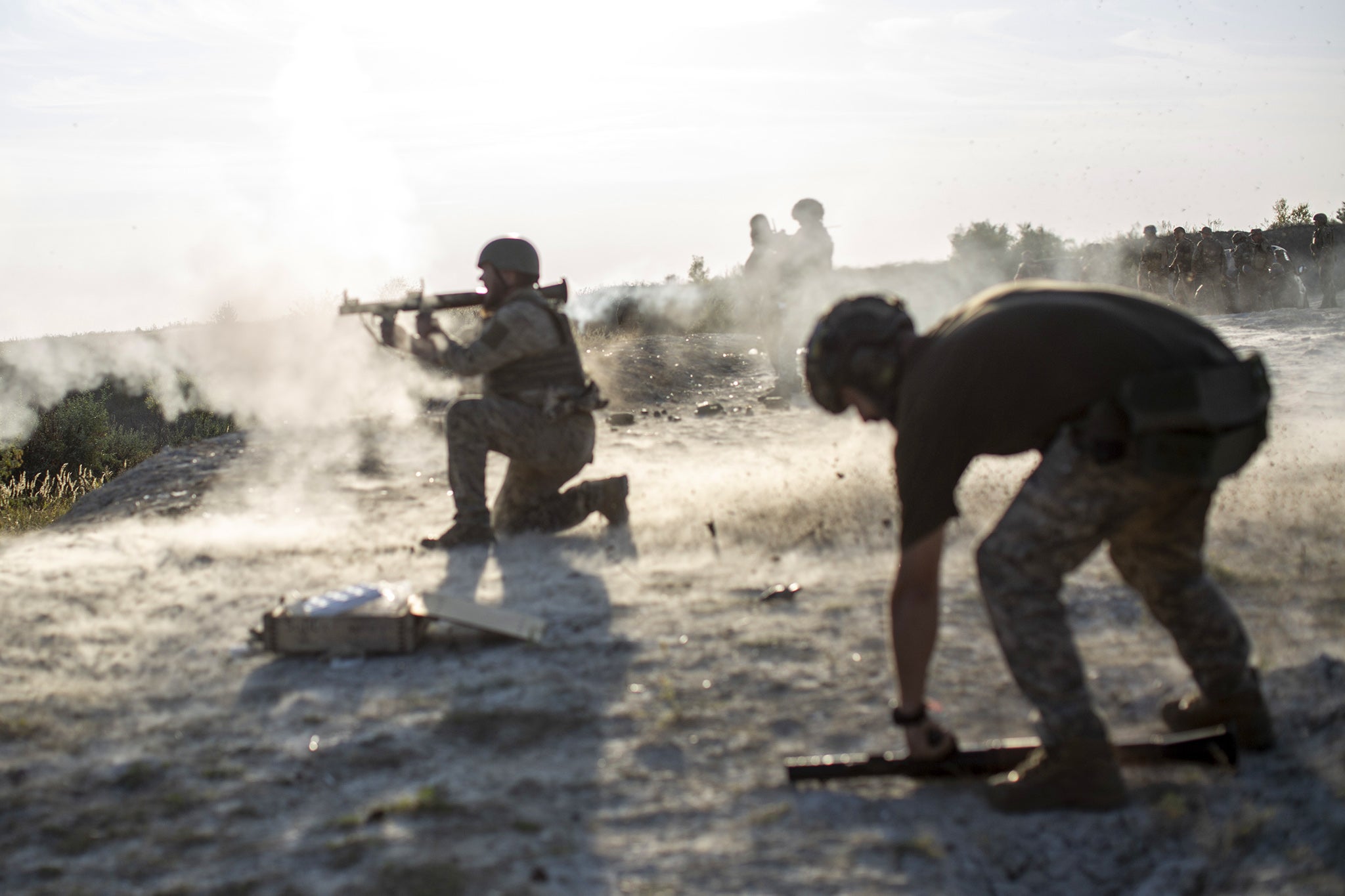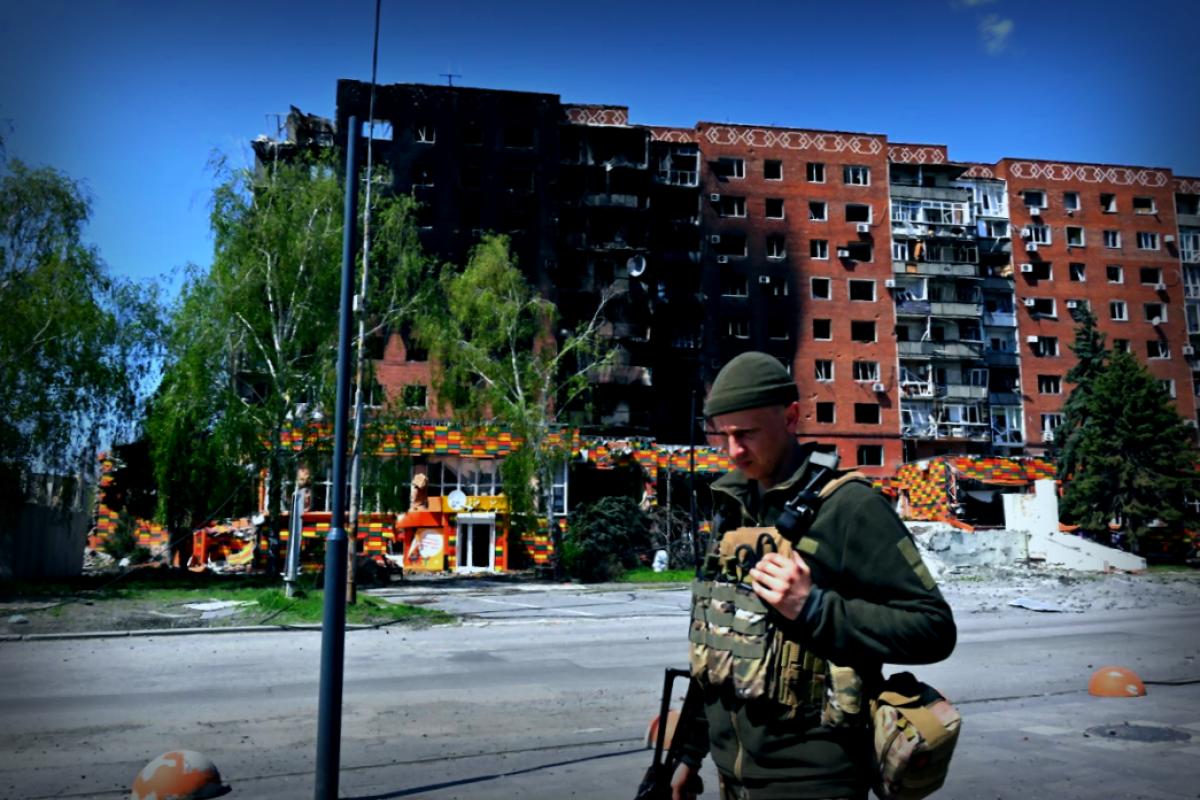The industrial heart of eastern Ukraine is facing an unsettling future, especially after reports surfaced that Vladimir Putin asked for its transfer to Russia during a meeting with Donald Trump in Alaska last Friday.
Putin has insisted that Ukrainian forces retreat from Donetsk as a prerequisite for any ceasefire, adding that he would consider halting combat on other fronts if Ukraine complied with his demands and tackled the “root causes of the conflict.”
The President of Ukraine has stated that Putin aims to acquire the remaining 30% of the region, which has witnessed some of the most intense fighting throughout the ongoing conflict lasting more than three years.
If Donetsk falls into Russian hands, it would essentially give Russia control over nearly the entire Donbas, a region that has long been desired by Putin.
Zelensky has made it clear that Ukraine will “never abandon” the Donbas, warning that allowing Russian control would only serve as a launchpad for future invasions.
According to sources who attended the meeting, Trump appeared to endorse this surprising strategy as a way to bring about an end to the ongoing war.
As Kyiv strives to protect Donbas from the ramifications of Trump’s proposed “land swap” deal, here’s everything you should know about this important region.
Understanding Donbas
Located along eastern Ukraine’s border, Donbas is short for the “Donets Basin,” which refers to the sizeable coal-rich area situated in the Donets Ridge and River region.
Donbas encompasses the large Ukrainian regions of Donetsk and Luhansk, both of which have been at the epicenter of the war that erupted following Russia’s invasion.
Occupied Since 2014
Since 2014, parts of Donbas have been under Russian occupation—right around the time Putin annexed Crimea. Russian-backed separatists declared the territories of Donetsk and Luhansk as independent republics, allowing Moscow to gain control over more than one-third of eastern Ukraine’s land.
Russia considers the territories of Crimea, Sevastopol, the Luhansk People’s Republic, the Donetsk People’s Republic, along with the regions of Zaporizhzhia and Kherson as parts of the Russian Federation. Meanwhile, Ukraine firmly states that these territories remain its own.
Estimates place approximately 88% of Donbas under Russian control, including nearly the entire Luhansk region and about 75% of Donetsk, as reported by Reuters. Roughly 6,600 square kilometers remain in Ukrainian hands, but Russia’s focus has increasingly been on capturing Donetsk’s last remaining major cities, such as Pokrovsk.

Strategic Importance of Donbas in the War
The Donbas region boasts a highly industrialized economy focused chiefly on coal extraction and metallurgy. Home to some of Ukraine’s largest coal reserves, the area witnessed a staggering 22.4% drop in coal production in Ukraine’s mining sector since the conflict ignited back in 2014, as highlighted by the Kyiv Post. This underscores the country’s heavy reliance on Donbas as an energy powerhouse.
Beyond its economic impact, Donbas has been labeled as a “fortress belt” due to its strategic significance, according to the Institute for the Study of War. Donetsk serves as the key fortified defensive boundary along the front line, extending through various towns like Sloviansk, Kramatorsk, Druzhkivka, and Kostiantynivka.
“Ukraine has established a crucial defensive perimeter within Donetsk,” remarks Elina Beketova from the Centre for European Policy Analysis. She points out the dense and robust fortifications built over the course of 11 years of conflict, preventing Russian advances. The terrain is heavily littered with mines, and the Ukrainian military has prepared extensively.

“It’s more than just trenches; it’s a fully layered defense with bunkers, anti-tank ditches, minefields integrated with industrial regions and natural landscapes. This combination of elevated areas, rivers, and urban zones makes encroachment exceedingly difficult,” Beketova explains.
The potential fallout from losing this defensive stronghold could be catastrophic for Ukraine. As Beketova notes, it would enable Russia to push approximately 80 km toward the west into more central areas, paving the way for a rapid advance into regions like Kharkiv, Poltava, and Dnipro—areas currently shielded by trenches and territorial defense.
Zelensky’s Stance on Donbas
Zelensky has consistently reb Russia’s pressure to cede Donbas.
In response to Putin’s solicitation for Ukrainian forces to retract from eastern Donetsk, Zelensky firmly stated that surrendering the Donbas was not an option for his country. He forewarned that losing it would provide a tactical advantage for any future Russian incursions.
“We will not forsake Donbas. This cannot happen. Let’s not forget that our territories are unlawfully occupied. For Russians, Donbas is merely a launchpad for a potential new offensive,” he conveyed.
The Independent represents a forward-thinking news platform, delivering global news and insightful commentary for those who think independently. We take pride in a rapidly expanding readership that admires our credibility and commitment to affect positive change, which is more essential than ever in today’s world.




















